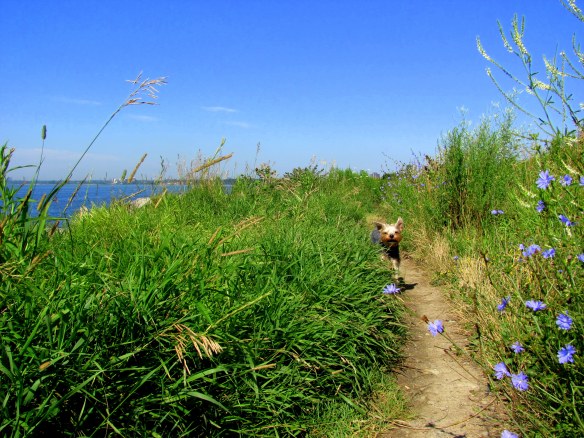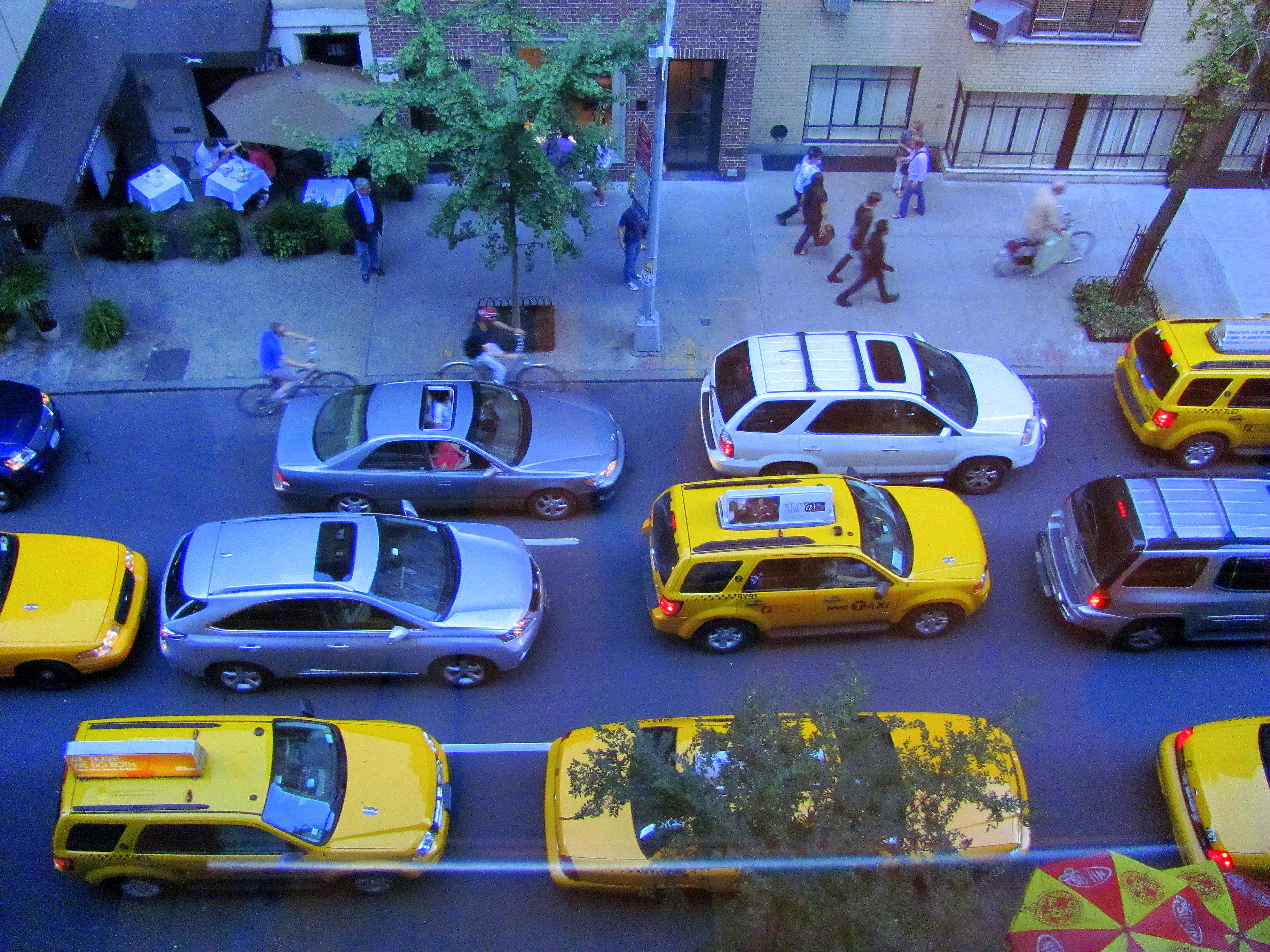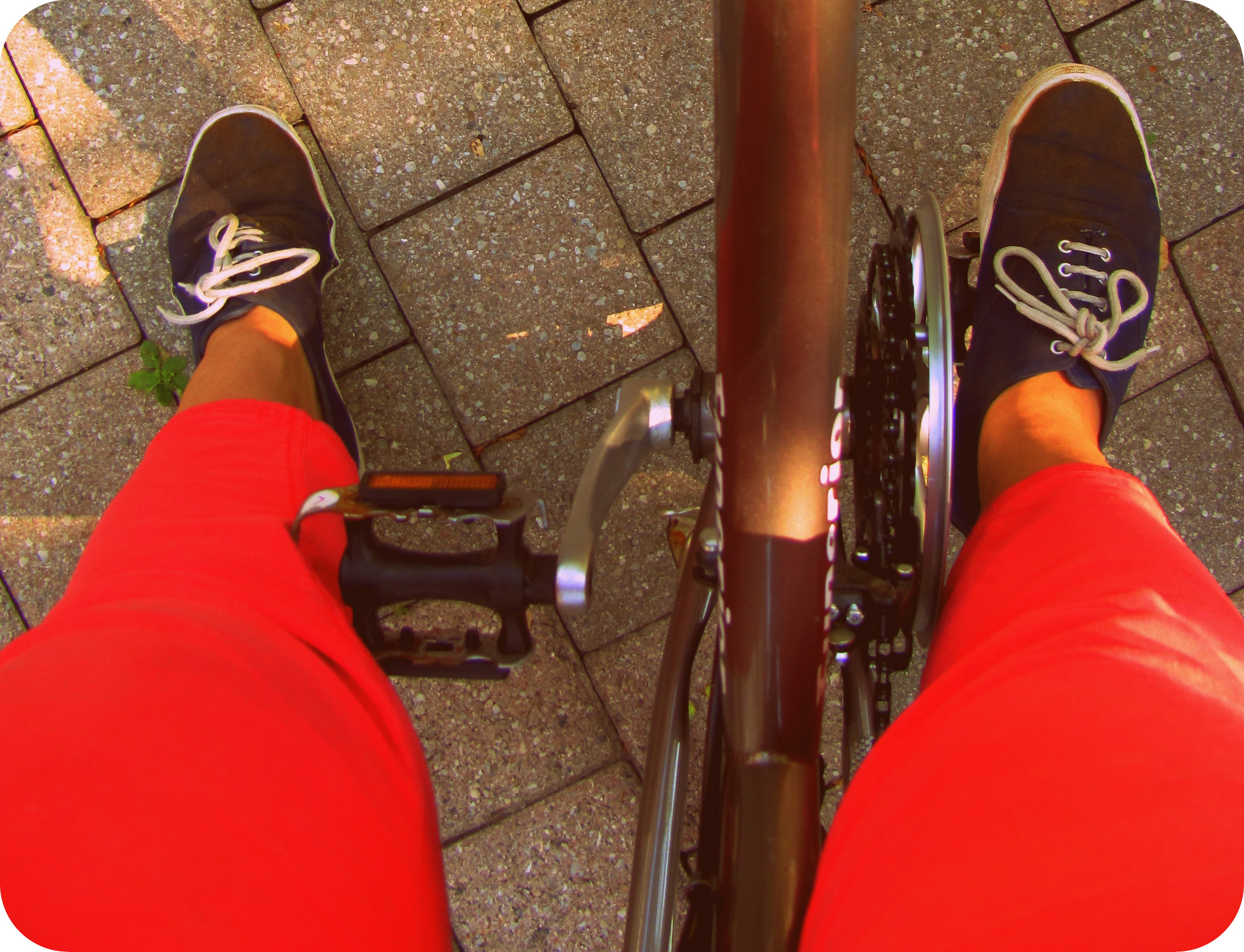by Dr. Talia Marcheggiani, ND | Mar 13, 2012 | Alcohol, Asian Medicine, Balance, Detoxification, Diet, Digestion, Exercise, Food, Gluten Free, Hydrotherapy, Meditation, Mental Health, Motivation, Nutrition, Outdoors, Recipes, Self-care, Stress, Sunshine
Now that the chinook winds have begun to blow, allowing us to shed our black, down-filled coats to reveal our pale, doughy winter flesh, we know it’s time to shed the clutter, dust and stagnation that kept us warm and comforted during the long Winter.
The urge to dump nobby sweaters and ripped jeans into black garbage bags destined for the clothing drive, to dust out nooks and crannies of our homes as we open windows to let the warm, fresh air clear out the old and stagnant usually grips us in the Spring. The clearing away of icy cold as seedlings push their way through the once frozen soil reflects our inner desire to make room for a warmer, more active season and introduce new projects into our lives. However, it is also important to pay attention to the stagnation and build-up that has accumulated in our minds and bodies over the cold Winter months.
Detoxification is a useful practice in the Fall and Spring when the changes in weather and daily routines reflect a sense of renewal and cleansing. I personally believe that cleansing doesn’t have to involve the level of deprivation of The Master Cleanse, a liquid fast or other such “extreme” cleanses. My philosophy is that detoxification should serve the purpose of “getting us back on track” as we pay specific attention to cleaning up our personal health care routine. During this time it’s important to balance the mind, body and soul in nourishing stagnation-clearing practices in order to release excess weight, toxins and water retention that have built up over the winter. It is also important to release ourselves from the depressed mental state and lack of motivation that can accumulate as a result of prolonged mental stress over the long, isolating and often sedentary colder months.
Rather than using the phrase “detox” I prefer to use “Seasonal Self Care”. Since not all of our daily routines, bodily constitutions and personal challenges are the same, nor should our Spring cleaning regimes be. My personal routine is based on subduing Kapha dosha (which has the tendency to aggravate in the late winter and early Spring) and to focus on skin health, weight management and decreasing fatigue. It takes into account my busy schedule and the need I have for nourishment during the long days spent in class. It also takes into account my habitual need for caffeine and inability to schedule that inconvenient and painful 2-day caffeine withdrawal headache. Your personal life situation may be different. The steps I will be taking for 14 days are as follows:
1) Engaging in 60 minutes of outdoor exercise a day. Exposing myself to the Spring sun and fresh air (with its delicious Spring smell) helps increase natural vitamin D levels that decline over the Winter. Opening up windows and spending time in the Spring air allows us to breath in the fresh oxygen that we are often deprived of while spending long hours indoors during the Winter. Spring marks the light, uplifting feeling of being able to shed our winter coats, feel the air and sun on our skin and stretch out on the grass with a book, or go for a long walk in the sun. Spending time outside not only increases daily activity levels, which in and of itself increases circulation and decreases stagnation and lethargy, but also uplifts mood and motivation, which can decline during the dark and depressing, often sedentary, Winter time.
2) Incorporating daily hydrotherapy. Whether doing a steam inhalation for clearing the sinuses of Spring-time allergens, or invigorating circulation, increasing immunity and decreasing fatigue through alternate hot and cold showers, making hydrotherapy a part of a cleansing self-care regime is essential for clearing out the toxins that may have accumulated over the Winter. Hydrotherapy increases circulation, decreases water retention and helps speed detoxification. Be sure to drink an adequate amount of water, to give yourself hydro from the inside too.
3) Tonifying the liver. According to Traditional Chinese Medicine, Spring is the season of the Liver. A healthy, burden-free liver is more effective at clearing out physical toxins as well as stagnated emotional toxins, such as anger and frustration. Therefore, increasing liver function by minimizing exposure to toxins such as alcohol, caffeine and over-the-counter drugs (think Tylenol) is important. Additionally, to stimulate liver function, I plan to have a few glasses of lemon water a day (according to TCM the liver loves sour tastes) and to collect some dandelion leaves to steep in hot water for an inexpensive, liver-cleansing tea. A milk thistle supplement is another healthful addition to my daily regime to help rejuvenate liver cells and increase bile flow.
4) Silently looking inwards. One part of bodily cleansing that is often not addressed in commercial detoxification plans is the importance of spiritual detoxification or mental cleansing. During the Winter we spend most of our time inside, surrounded by work and assignments. Because the weather outside is often unpleasant, we often turn our focus to work, which can result in a build-up of mental toxins and stress, not just physical ones. Taking 5 minutes a day to focus on mental health by practicing alternate nostril breathing, sitting in silence, doing some quiet restorative yoga poses or practicing a short meditation (try Gratitude Meditation) can help to establish a connection with our mental state and spiritual health as we release our hold on old stresses and prepare to move from one busy season to the next.
5) Eating clean. Although this is often the primary focus of all commercial cleanses or detoxification programs, I don’t necessarily believe that it’s the most important factor in Spring Self-Care. Physical wellness and nutrition, while an essential component to whole body health, is still only one part of the whole picture. However, it’s important to focus on the physical body as well as the mental, emotional and spiritual aspects of health. After a long winter of craving carb-heavy comfort foods and sugar-laden goodies, it’s sometimes nice to dedicate a period of time to eating “clean.” Mentally, it sets us on back on track and unburdens the liver and digestive system. For me, this means a focus on eating fresh, whole foods and minimizing processed junk. For the next 14 days of my period of Spring Cleaning I have chosen to follow these healthy dietary recommendations.
Eat:
– At least 10 servings of fresh fruit and vegetables a day. Fruits and vegetables contain so many important vitamins, minerals and antioxidants (many of which we’re not even aware of yet) as well as glutathione, which is found in leafy greens and is important for detoxification and cell repair.
– Lean protein such as nuts, lean meats, legumes, fish, eggs and seeds. Protein helps build up tissue and ensure adequate enzymatic reactions, as well as the synthesis of essential chemicals, like hormones, in the body. It aids our metabolism and provides a sense of satiety.
– Fats from olive oil, fish, coconut oil, nut oils and butters. Quality fats increase feelings of satiety, improve lipid profiles and even decrease inflammation.
– Whole grains such as quinoa, oats or rice, which balance blood sugar levels and provide an adequate intake of fibre.
In addition, I will attempt to minimize or eliminate the intake of the following foods:
– Dairy products, which aggravate Kapha dosha and the TCM Spleen. I also have a slight dairy intolerance, which for me translates to not-so-hot cystic acne. No ice cream for me.
– Gluten-containing grains: wheat, rye and barley. These are difficult to digest and can cause inflammation, especially for those who are sensitive to gluten.
– Sugar, refined grains and processed or fried foods
– Toxins that burden the liver, such as alcohol, caffeine and over-the-counter drugs. Personally I will be limiting my caffeine intake but not eliminating it entirely.
The bottom line is that Self-Care should work for you, not you for it.
Spring Self-Care recipe suggestion: This salad was invented on a day when I had no lettuce in the fridge. It turned out to be a delicious nutrient and protein-rich lunch. Fennel helps decrease gas and intestinal bloating, carrots contain important vitamins and minerals, apples are nutrient and fibre rich and almonds and tofu provide important fats and proteins. Feel free to adapt this salad to your dietary preferences and requirements.
Carrot and Fennel Protein Salad:
Fennel, cut into bite-sized pieces
Carrot, cut into bite-size pieces
Apple or your choice, cut into pieces
A handful of raw almonds
Tofu, cut into small pieces
Creamy dressing: honey mustard, olive oil, hummus and red wine vinegar (or apple cider vinegar), mix together until smooth.
In a large container add the fruit, vegetables, tofu and nuts, cover with dressing and let all of the ingredients marinate in the fridge overnight. Before eating, give the container a good shake and enjoy!
This salad provides a least 3 servings of fruits and vegetables, depending on the size of your salad. Pair it with a smoothie, such as this one, and you have a delicious and detoxifying lunch to kick-start your Spring Self-Care.
by Dr. Talia Marcheggiani, ND | Mar 5, 2012 | Addiction, Balance, Breath, Emotions, Empathy, Exercise, Finding yourself, Gratitude, Love, Meditation, Mental Health, Mindfulness, Psychology
I don’t know about you but the word “gratitude” carries a fair amount of guilt and resentment for me. Being citizens of privileged countries like Canada, we’re constantly told that we should be grateful, as in, “finish your food, there are starving children in Africa!”
This realization that we have certain things that others do not often results in guilty feelings about the facts of life that we’re not responsible for (directly) and cannot change. Gratitude, at least for me, has associated feelings of injustice and helplessness. It is almost as if that by admitting I am grateful for my food, my home, my family, my friends, etc., I am acknowledging the fact that I, more than anyone else, did not earn or deserve them and brings to light the possibility that these things can be taken from me.
When we talk about meditating on or cultivating a feeling of gratitude, the opposite is usually understood. We seek to cultivate gratitude precisely for the reason that we are, in fact, not grateful and are focusing on the negative aspects of our lives, the things we are not grateful for.
However, gratitude is not about guilt-trips or comparisons. It’s simply recognizing that we are all fortunate in our own way, helping us to see the full half of our glasses.
A classmate once showed a group of students and I a powerful and engaging visualization exercise based on recognizing the things to be grateful for in our lifes. I often struggle in meditation, especially the stricter Vipassana or Zen meditations, in which we are told to calm and focus the mind. It seems that more I try to focus the more I realize I am trying, pushing to make something happen and then the more I try not to try. And try not to try not to try. Until I get lost in a vast tangle of effort. (How can we exert the effort to find effortlessness?) I found with the gratitude meditation, however, my mind calmed, focused and participated in the meditation. My mind was free to conjure up images in a Freudian pattern of free association, and I simply had to acknowledge that I was, indeed, grateful for those things.
I started by sitting quietly and focusing on my breath, calming it, deepening it and quietening it. The first thought I began with was “I am grateful for my breath.” I began to feel a sensation of blissful relaxation as I reveled in the beauty, simplicity and luxury of my breath. Without trying to sound flakey, I found myself bask in the gratefulness for it. I moved on to other body sensations, gifts and functions – “I am grateful for my lungs, for my brown hair, for a body that can meditate and relax, for this cushion, for the way I can stretch, enjoy yoga, exercise and move outside.” I let my mind wander on to the next object, maintaining mindfulness by reminding myself to acknowledge the gratitude I felt towards these things: my home, my dog, my school, country, books, nature, loving family, the sun. Whatever came up, I recognized my gratitude for having it in my life.
The most therapeutic and eye-opening part of the meditation, however, was when my mind, as most minds do, began to wander to more negative aspects of my life, things that I wasn’t necessarily grateful for – my exams, work, stress, anxiety, family problems, school problems, uncertainty, long distance relationship, lack of money, etc. I then realized how, despite what I originally thought, I was actually grateful for these things. Negative experiences supplied the yin to my yang, they helped to balance and shape who I am and without these perceptibly negative times, I wouldn’t have faced the challenges and character-building situations that have made me who I am and led me to where I am.
Once I got the grateful ball rolling, the possibilities were endless. After a few minutes, I ended the meditation and left with a clear sense of relaxation and satisfaction for all that I have, both positive and negative.
I’ve noticed that cultivating gratitude is an important ingredient in overcoming addictions and dealing with mental illness. In the AA meeting I recently attended, I noticed a running them of gratitude and the need to thank the Higher Power on a daily basis. I once read a saying, “Image if you woke up tomorrow with just the things you thanked God for today.” Whether you are comfortable with the G word or not, I think this idea opens our minds to the many riches we may not realize we have (not just the food on our table that we should eat because of the Africans who may not have it) but the totality of our life experience.














